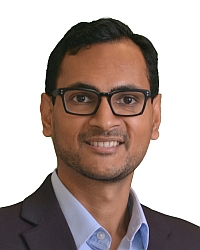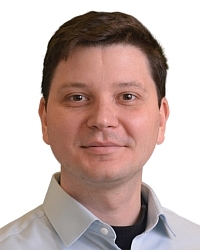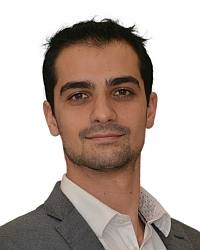TR2023-148
Interactive Planning Using Large Language Models for Partially Observable Robotics Tasks
-
- , "Interactive Planning Using Large Language Models for Partially Observable Robotics Tasks", Advances in Neural Information Processing Systems (NeurIPS) Workshop on Instruction Tuning and Instruction Following, December 2023.BibTeX TR2023-148 PDF Video
- @inproceedings{Sun2023dec,
- author = {Sun, Lingfeng and Jha, Devesh K. and Hori, Chiori and Jain, Siddarth and Corcodel, Radu and Zhu, Xinghao and Tomizuka, Masayoshi and Romeres, Diego},
- title = {{Interactive Planning Using Large Language Models for Partially Observable Robotics Tasks}},
- booktitle = {Advances in Neural Information Processing Systems (NeurIPS) Workshop on Instruction Tuning and Instruction Following},
- year = 2023,
- month = dec,
- url = {https://www.merl.com/publications/TR2023-148}
- }
- , "Interactive Planning Using Large Language Models for Partially Observable Robotics Tasks", Advances in Neural Information Processing Systems (NeurIPS) Workshop on Instruction Tuning and Instruction Following, December 2023.
-
MERL Contacts:
-
Research Area:
Abstract:
Designing robotic agents to perform open vocabulary tasks has been the long- standing goal in robotics and AI. Recently, Large Language Models (LLMs) have achieved impressive results in creating robotic agents for performing open vocabulary tasks. However, planning for these tasks in the presence of uncertainties is challenging as it requires “chain-of-thought” reasoning, aggregating information from the environment, updating state estimates, and generating actions based on the updated state estimates. In this paper, we present an interactive planning technique for partially observable tasks using LLMs. In the proposed method, an LLM is used to collect missing information from the environment using a robot and infer the state of the underlying problem from collected observations while guiding the robot to perform the required actions. We also use a fine-tuned Llama 2 model via self-instruct and compare its performance against a pre-trained LLM like GPT- 4. Results are demonstrated on several tasks in simulation as well as real-world environments.
Related News & Events
-
AWARD Honorable Mention Award at NeurIPS 23 Instruction Workshop Date: December 15, 2023
Awarded to: Lingfeng Sun, Devesh K. Jha, Chiori Hori, Siddharth Jain, Radu Corcodel, Xinghao Zhu, Masayoshi Tomizuka and Diego Romeres
MERL Contacts: Radu Corcodel; Chiori Hori; Siddarth Jain; Diego Romeres
Research Areas: Artificial Intelligence, Machine Learning, RoboticsBrief- MERL Researchers received an "Honorable Mention award" at the Workshop on Instruction Tuning and Instruction Following at the NeurIPS 2023 conference in New Orleans. The workshop was on the topic of instruction tuning and Instruction following for Large Language Models (LLMs). MERL researchers presented their work on interactive planning using LLMs for partially observable robotic tasks during the oral presentation session at the workshop.
Related Video
Related Publications
- @inproceedings{Sun2024may,
- author = {Sun, Lingfeng and Jha, Devesh K. and Hori, Chiori and Jain, Siddarth and Corcodel, Radu and Zhu, Xinghao and Tomizuka, Masayoshi and Romeres, Diego},
- title = {{Interactive Planning Using Large Language Models for Partially Observable Robotic Tasks}},
- booktitle = {IEEE International Conference on Robotics and Automation (ICRA)},
- year = 2024,
- pages = {14054--14061},
- month = may,
- publisher = {IEEE},
- doi = {10.1109/ICRA57147.2024.10610981},
- isbn = {979-8-3503-8457-4},
- url = {https://www.merl.com/publications/TR2024-052}
- }
- @article{Sun2023dec2,
- author = {Sun, Lingfeng and Jha, Devesh K. and Hori, Chiori and Jain, Siddarth and Corcodel, Radu and Zhu, Xinghao and Tomizuka, Masayoshi and Romeres, Diego},
- title = {{Interactive Planning Using Large Language Models for Partially Observable Robotics Tasks}},
- journal = {arXiv},
- year = 2023,
- month = dec,
- url = {https://arxiv.org/abs/2312.06876}
- }



